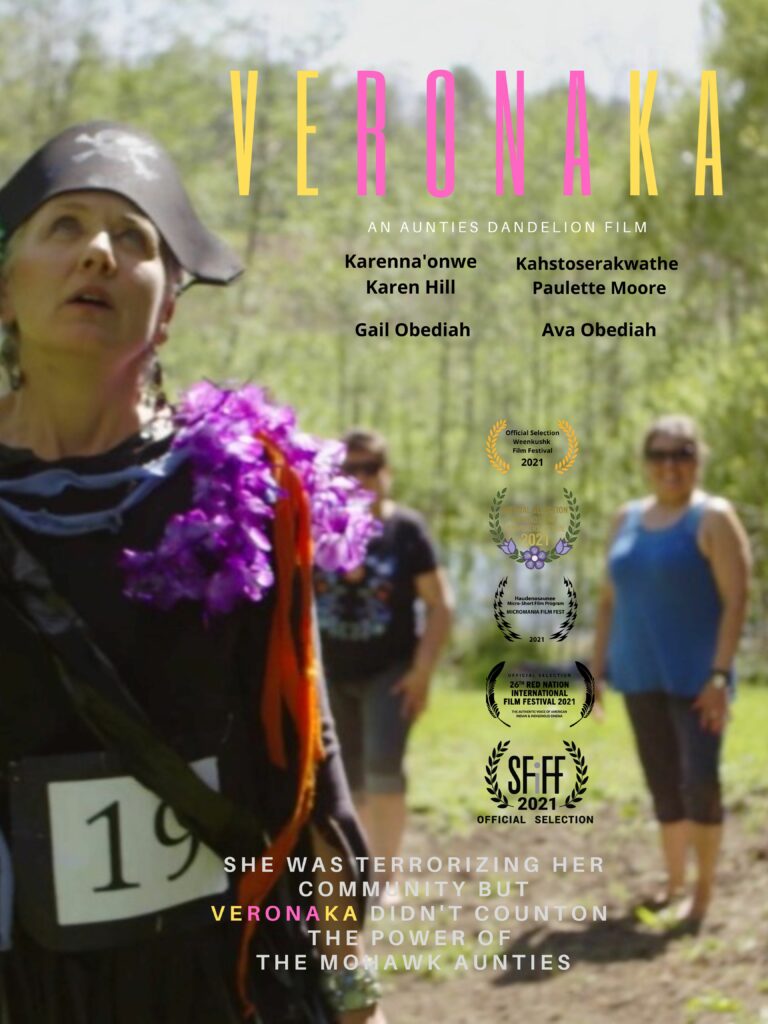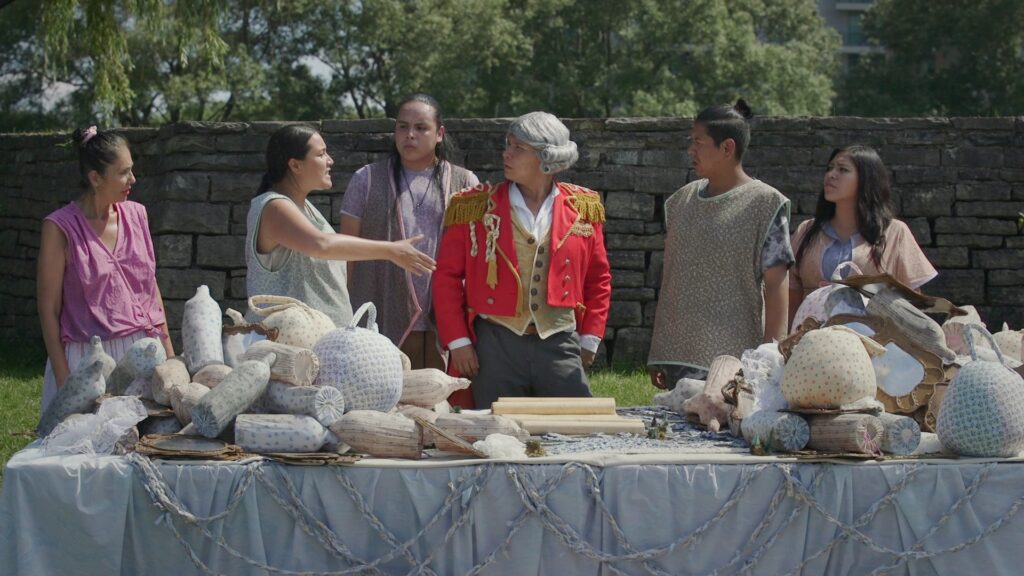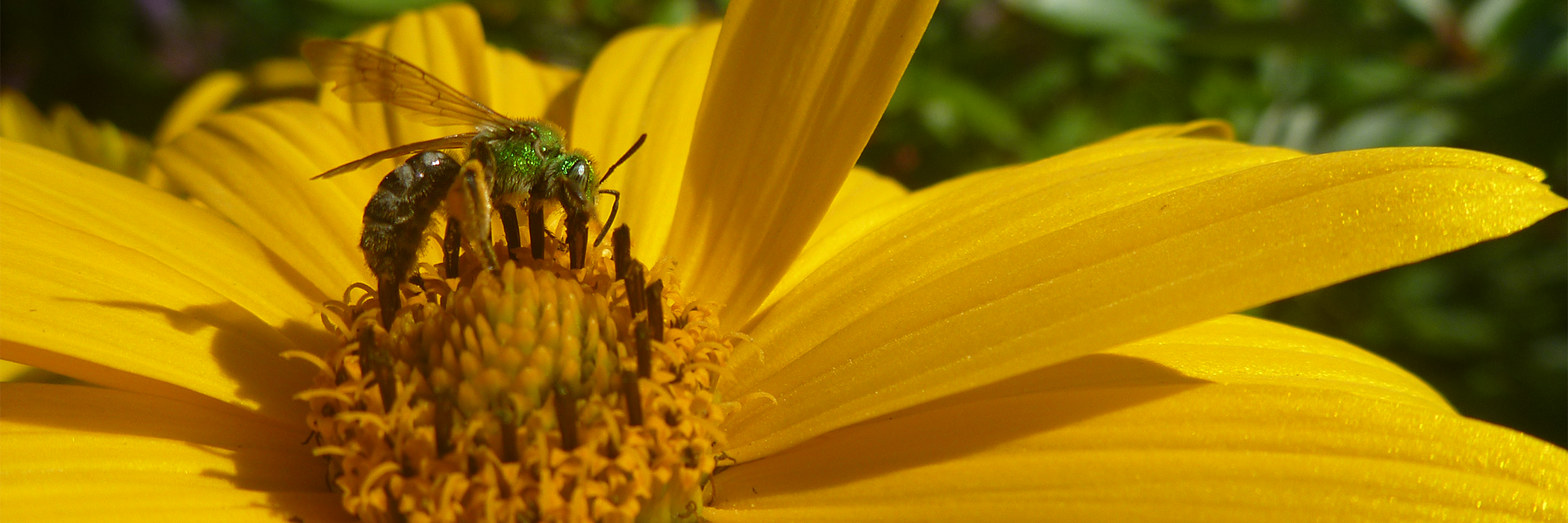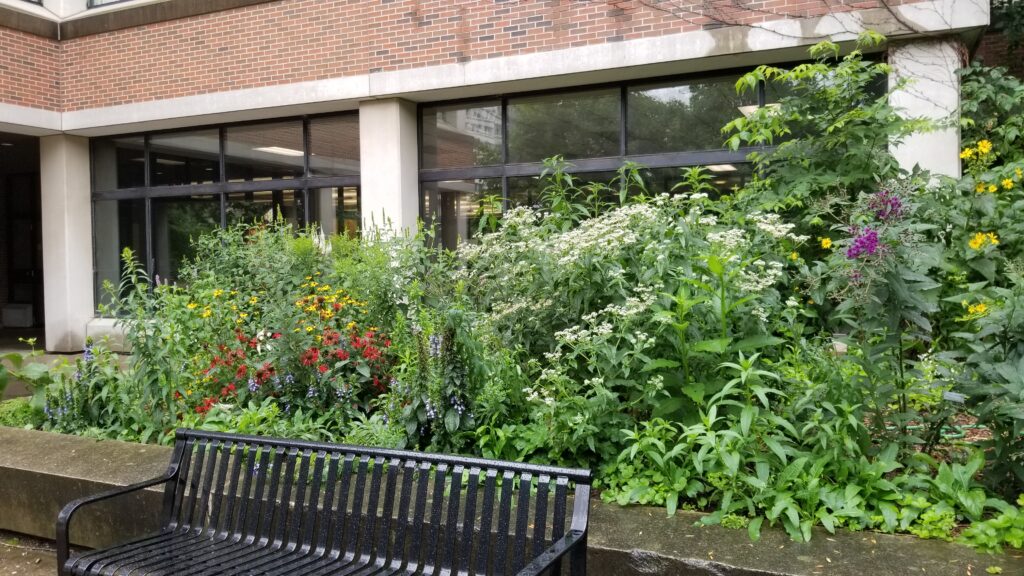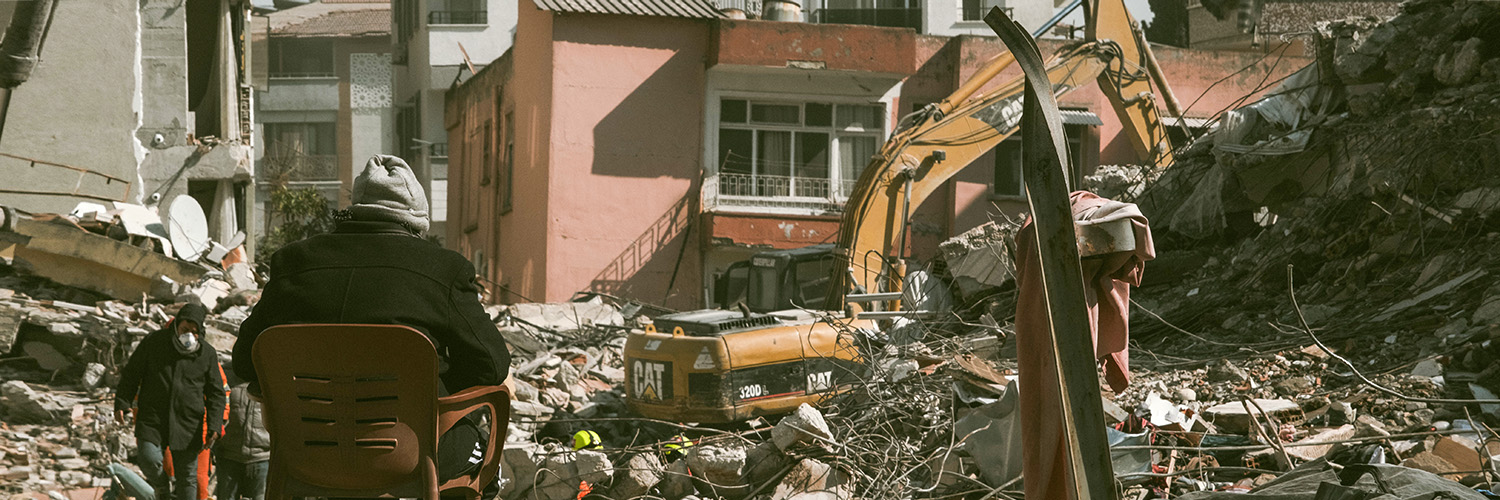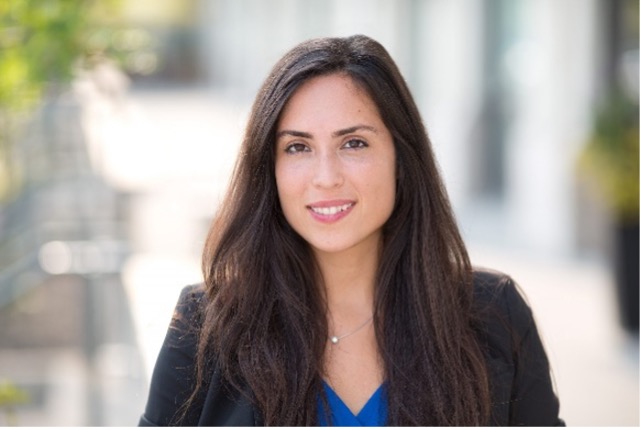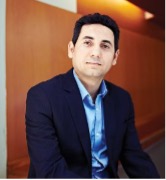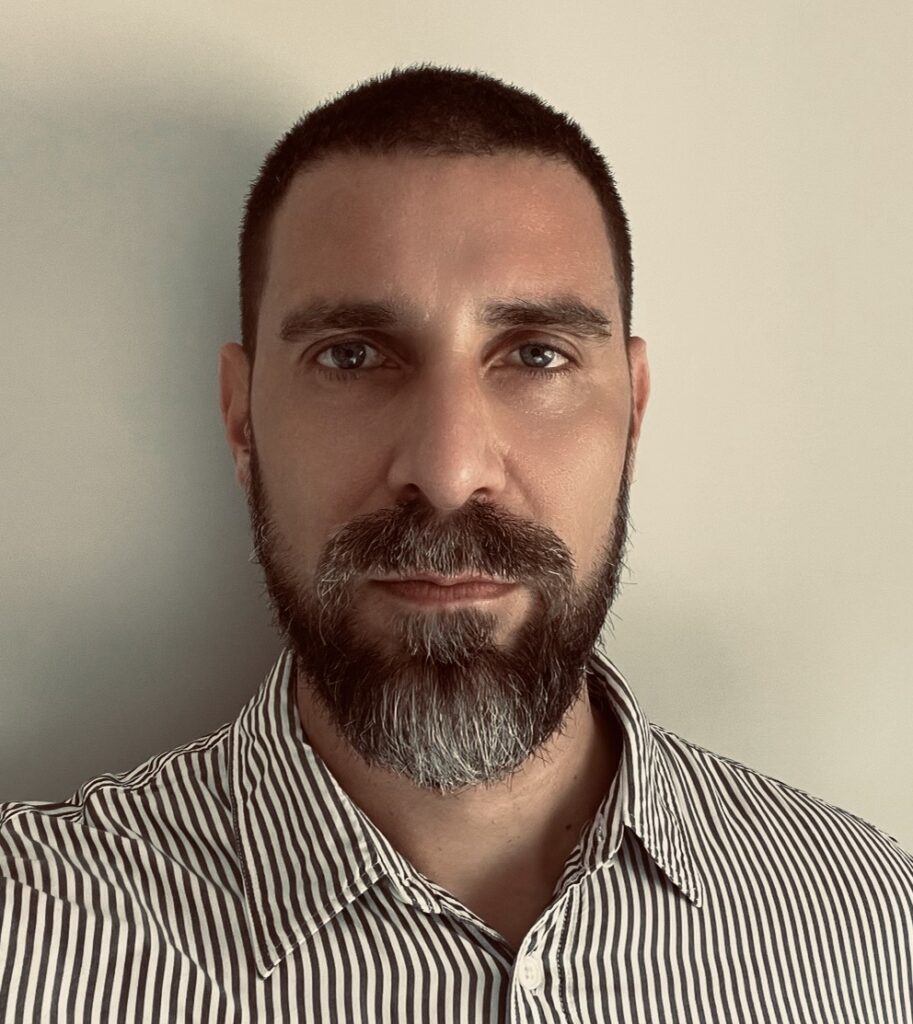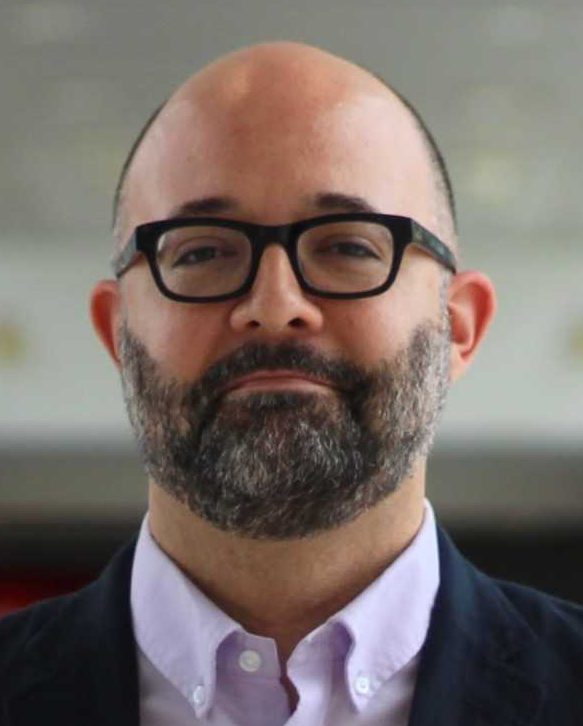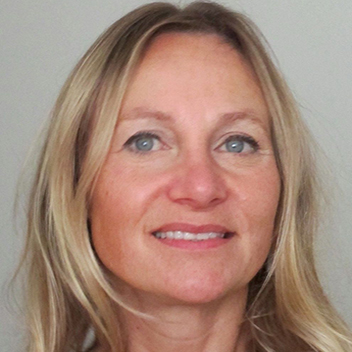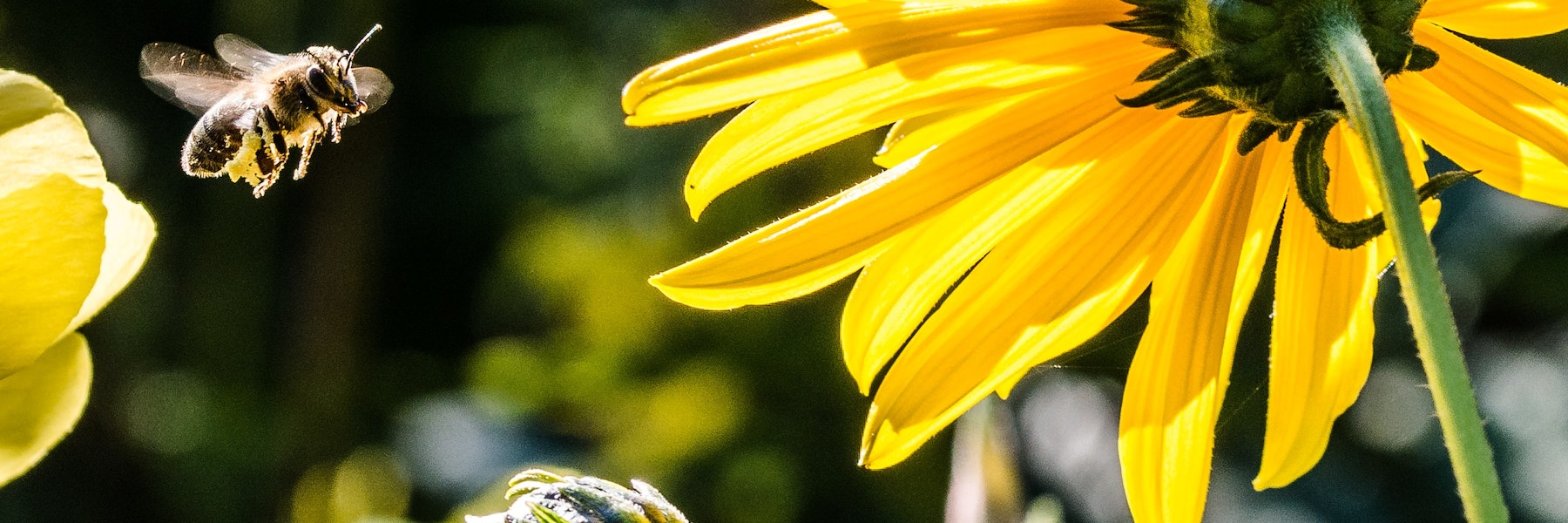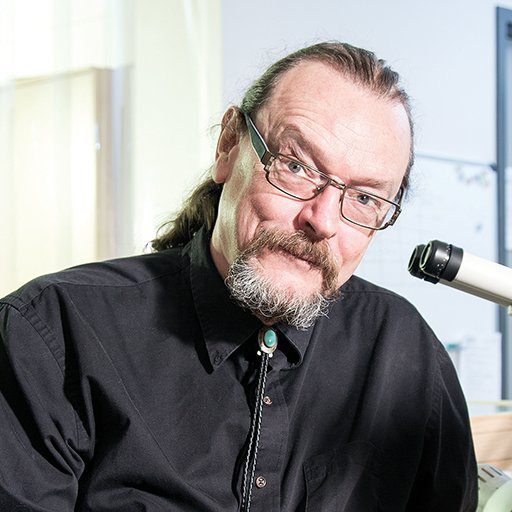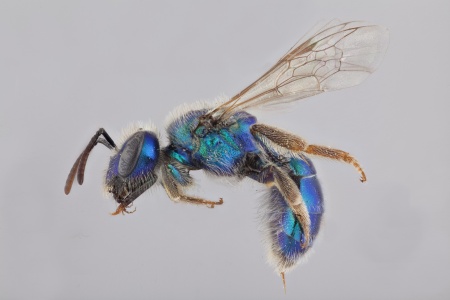Findings published in the journal Global Change Biology by York University researchers demonstrate that bees living in cities are facing increased environmental stressors that pose one of the largest threats to their natural ecosystems and biodiversity.
“Parasite and pathogen infections in bees are a major driver in global bee population declines and this is further exacerbated by urbanization and a loss of habitat and degraded habitat,” says York PhD student Katherine D. Chau, who was lead author on the paper. She also collaborated with Department of Biology colleagues, Farida Samad-zada, Evan Kelemen and Associate Professor Sandra Rehan.
As cities expand and landscapes are reshaped, two-thirds of the world’s population are expected to live in cities by 2050. “Having less connected habitats in dense urban areas not only leads to more inbreeding, so less genetic diversity, but it also creates higher pathogen diversity leaving city bees exposed to more pathogens,” says Rehan.
The research team also found changes in the microbiomes of wild bees living in densely urban areas and fragmented habitats, which makes it more difficult for the bees to access food sources, ideal nesting areas and mates.
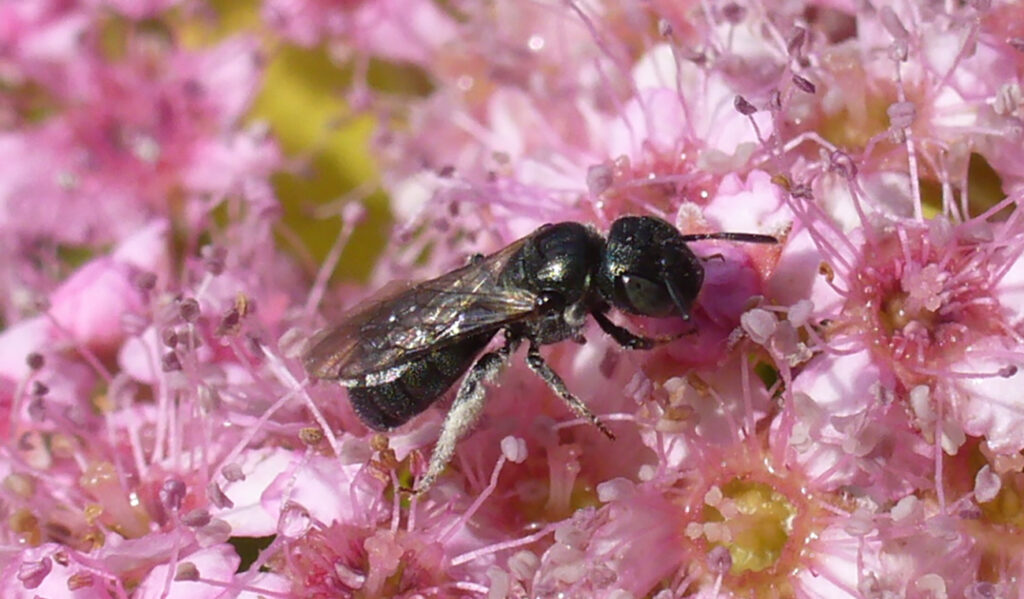
To achieve their findings, the researchers used whole genome sequencing of 180 common carpenter bees – Ceratina calcarata – to look at their population genetics, metagenome and microbiome, as well the impact of environmental stressors across the Greater Toronto Area. These small carpenter bees are wild and native bees, not managed and non-native bees, such as a honeybees. They also found significant environmental variation in bee microbiomes and nutritional resources even in the absence of genetic differentiation.
“Our research is the first known whole genome sequencing, population genomic and metagenomic study of a wild, solitary bee in an urban context, which looks at the complex relationship between bees, metagenomic interactions and dense urban landscapes,” says Rehan. “This approach provides a tool to assess not only the overall health of wild bees in urban settings but could also be applied across a broad range of wildlife and landscapes.”
Although bees are the most prominent pollinators, cities could impact all insect pollinators, which pollinate more than 87 per cent of flowering plants and 75 per cent of food crops globally. Cities, unlike rural areas, also create an urban heat island effect – higher temperatures in the city than those in the surrounding areas – and this affects flowering times and growing season length. This could lead to flowers, for example, blooming before or after bees are out and foraging.
The higher number of pathogen and parasite infections in urban areas can also be attributed to disease spill over. Because the bees are concentrated in certain areas, infected bees are more likely to contaminate the flowers they visit, which then spreads the infection to the next bee that visits that flower, even across bee species, say the researchers.
Now that several known bee and plant pathogens have been identified in dense urban areas, the researchers say it paves the way for early detection and monitoring of threats to wildlife in cities.
“There are things that cities could do to help wild bees,” says Chau. “We found the best way to connect bee habitats and create conditions for more genetic diversity is through green spaces, shrubs and scrub. Conservation efforts focused on retaining and creating these habitat connectors could go a long way toward helping wild bee health.
“Future studies should explore the link between reduced genetic diversity and the fitness of wild bees in cities,” adds Chau.
Learn more at News @ York.




